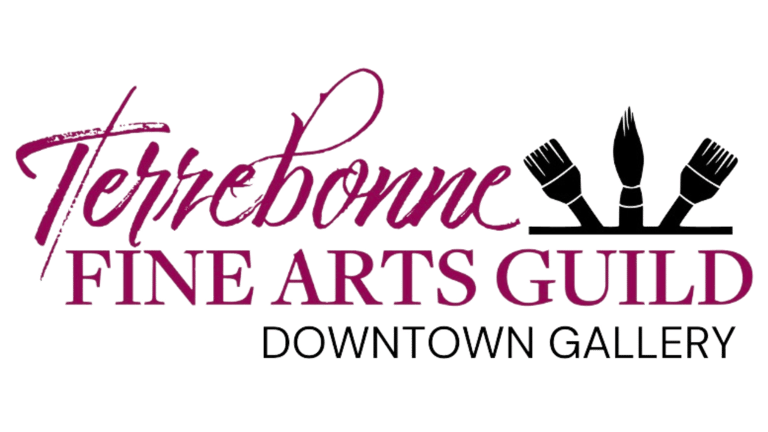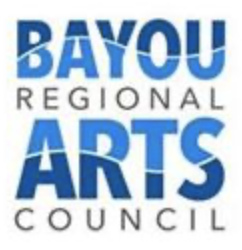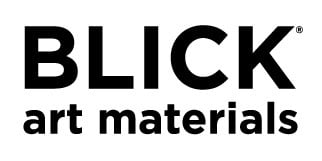What to do With That Color Wheel
Unlocking Your Artistic Potential Using the Color Wheel
When you’re painting, it’s easy to get caught up in the big picture — the subject, the composition, the brushwork. But let’s not forget one of the most critical tools at your disposal: the color wheel. Yes, that familiar circle of hues is your secret weapon for creating vibrant, harmonious, and exciting art. Here’s why knowing the color wheel is essential and how you can use it to transform your paintings.
1. Master the Balance: Color Dominance and Variation
One of the most common pitfalls for artists, especially beginners, is the dreaded color monotony. Greens, for instance, tend to be tricky for many. Instead of creating a flat landscape of identical greens, experiment! Use all the blues and yellows in your palette to craft a variety of green hues. And here’s a pro tip: mix complementary colors (colors opposite each other on the wheel) to produce beautiful, natural-looking grays. Your painting will have more depth and interest if you have both dominance and variation in color.
2. Excite with Complements
Speaking of complementary colors, these pairs (like blue and orange, red and green, or yellow and purple) can add energy and vibrancy to your work. When you place complementary colors next to each other, something magical happens: they enhance each other’s brightness, creating an almost electric effect. It’s a fantastic way to make areas of your painting pop and draw the viewer’s eye.
3. Let Your Colors Sing
There’s something special about seeing a bright, pure color next to a muted, neutral area. This contrast can make your painting sing. The brilliance of a vivid red, for instance, will shine even brighter if it’s surrounded by a softer, grayed background. Play with this idea—small bursts of pure color can give your artwork a sense of rhythm and surprise.
4. Harmonize with Analogous Colors
If you want to create a soothing, harmonious feel in your artwork, try using analogous colors—those that sit next to each other on the color wheel. Colors like blue, blue-green, and green, when used together, create a natural, pleasing flow in your painting. Analogous colors work well when you want to evoke a calm, peaceful mood, without the visual tension that complements can sometimes bring.
5. Value and Intensity: The True Game-Changers
It’s not just about which colors you use but how you use them. Value (how light or dark a color is) and intensity (how bright or dull it is) can make or break a painting. Think of value as the backbone of your work. Without a range of light, medium, and dark tones, your painting may feel flat. A good trick is to place your darkest dark next to your lightest light at the focal point of your painting. This contrast will draw attention to the most important part of your piece.
Remember, colors are affected by the hues around them. The same red can look different depending on whether it’s surrounded by blue or yellow. This is why understanding value and intensity is crucial—you want to control how the colors interact and create depth in your painting.
6. Play with Temperature
Temperature isn’t just for the weather; it’s a powerful tool in your color arsenal. Warm colors like reds, oranges, and yellows tend to come forward in a painting, while cool colors like blues and greens recede. But even within one color family, there are warm and cool variations. For instance, ultramarine blue leans warm, while cerulean blue is cool. Learning to manipulate temperature will help you create depth and dimension, giving your artwork a more dynamic feel.
7. Experiment to Learn
Here’s the real secret: the best way to learn about color is to use it. You can read about color theory for days, but nothing compares to the hands-on experience of mixing, testing, and playing with paint. The color wheel is a guide, but your creativity and experimentation are what will truly unlock its potential.
So, next time you sit down at the easel, keep your color wheel close, but don’t be afraid to venture beyond it. Mix unusual colors, experiment with value and intensity, and play with temperature. The more you explore, the more confident you’ll become, and your paintings will thank you for it!
Find us and follow on Social Media
Terrebonne Parish Fine Arts Guild, Inc.
tfag.gallery@gmail.com
(985) 851-2198
© 2024. All rights reserved by Terrebonne Fine Arts Guild, Inc.
Terrebonne Fine Arts Guild activities are enhanced by funding through Bayou Regional Arts Council, Explore Louisiana, and Blick Art Materials.








